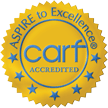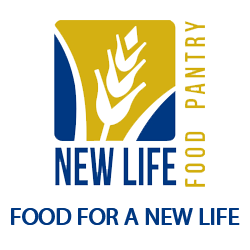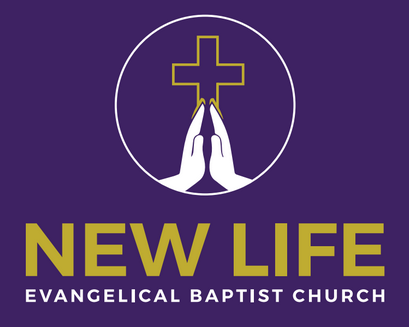Baltimore Really Does Have AT LEAST 60,000 Heroin Addicts
(Second in a series of reports from the front line of the battle against heroin.)
In yesterday’s Report, I said we need a Substance Abuse Treatment Reformation if we are to intelligently respond to drug addiction. To start the Reformation, we must have some reasonable and honest estimate of how many heroin addicts there actually are. And Baltimore is a good case to consider. This is one of the four areas the Baltimore Mayor’s drug task force is supposed to investigate over the next nine months. But after only two weeks, her taskforce has concluded somehow that there are only 19,000 heroin users, instead of her prior estimate of 11,000 heroin addicts. The National Institute of Drug Abuse estimates that 23% of heroin users will become addicts. This might roughly imply that the Mayor’s estimate of 19,000 users means Baltimore has less than 5,000 addicts. Of course, if that were true, then we would really have no visible heroin problem at all in the City. That number would also suggest that Turning Point has already treated more heroin addicts than exist, and that almost all (or even more than all) heroin addicts are already in treatment! If only.
Two weeks ago, Governor-elect Larry Hogan announced that, immediately upon taking office next month, he would declare a “state of emergency” due to the ever-worsening heroin problem in Maryland. How can the Mayor, who, in effect, just declared that the City has no significant heroin problem, and the governor-elect both be right? Well, they aren’t. Let’s derive our own estimate of the minimum number of addicts in Baltimore.
It is important to have an idea of the correct number so that we might understand how well the substance abuse treatment industry is doing in getting people into treatment. We also need to know what the potential demand for treatment is so that more clinics can be built, if warranted.
We don’t really need to do nine months of research (of whatever sort that might be, I don’t know) to estimate the minimum number of heroin addicts in Baltimore.
Consider the following back-of-the-envelope estimate, if you will:
- Turning Point Clinic has taken in roughly 6,000 heroin addicts in the past 10 years. Yes, of course, new addicts are created every day, and old addicts die (and some recover), but the total number has probably remained roughly consistent.
- Overwhelmingly, Turning Point’s patients live within two miles of the Clinic; have Medicaid; and are over age 40.
- Let’s make some simple, but reasonable assumptions. Let’s say that half the City’s heroin addicts have Medicaid. This would imply that, if all had insurance, then, instead of admitting 6,000 patients over the past 10 years, that number would have been 12,000. We turn away prospective patients daily, because they do not have Medicaid.
- Now, let’s assume that no more than one of every two and a half of the City’s heroin addicts live within two miles of Turning Point. If all lived within that radius, i.e. if Turning Point were equally convenient for all of the City’s heroin addicts, then the 12,000 minimum estimate from above becomes 12,000 X 2.5 = 30,000 total heroin addicts in the City.
- Further, if half of the addicts are under age 40 (but probably MORE), and these folks were as likely to seek treatment as their older peers, then the 30,000 estimate becomes 60,000.
We now have what seems like a very rough, but reasonable, MINIMUM estimate. Note that the analysis above ignores altogether the fact that some heroin addicts with the demographics of our patients as just described have NOT sought treatment at Turning Point. If they had, instead of implying 60,000 total heroin addicts in Baltimore City, that estimate would be much higher. Also, all patients with the demographics mentioned who sought treatment did NOT necessarily seek it at Turning Point. We are but one of two dozen methadone clinics in the City. This, too, implies a far higher estimate than 60,000 addicts.
True, Turning Point does not have the capacity to have taken in, say 60,000 addicts instead of “only” 6,000. But that is hardly relevant for the purpose of making this estimate.
So, lo and behold, the 60,000 estimate, which was reported in this summer’s National Geographic special called “Drugs, Inc.; The High Wire,” appears altogether reasonable, but it is still only the MINIMUM.
Now we have a basis from which to begin understanding the effectiveness, or lack thereof, of current substance abuse treatment policies and clinics in Baltimore. Although we cannot here consider all jurisdictions and clinics, the point is clearly applicable elsewhere.
Conclusion: Do not count on “official” estimates of the problem. (Recounting the lifeboats on the Titanic would not have addressed the issue at hand!) It’s high time we move forward with the Substance Abuse Treatment Reformation.
Tomorrow, I would like to talk about treatment effectiveness, and the fact that any methadone clinic is really two clinics: One for those genuinely interested in ceasing drug use, and the other for those who only ran out of welfare (or other) money with which to buy drugs.
Rev. Milton E. Williams
President, Turning Point Clinic
Sr. Pastor, New Life Evangelical Baptist Church



